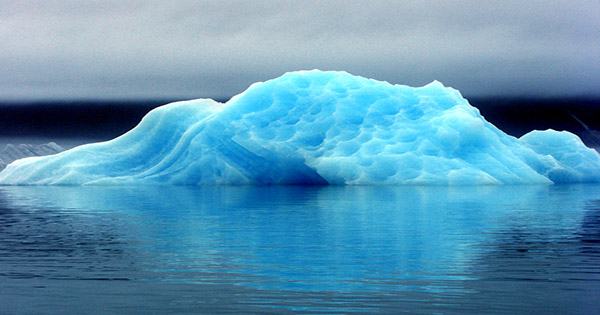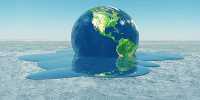Ice depletion in Greenland and Antarctica is a major driver of global sea-level rise but it was a challenge to determine exactly how much. With NASA’s ICEASAT and ICESAT-2, scientists have used laser altimeters between 2003 and 2019 to measure changes in ice on both land and sea in the vicinity of these two landmasses. The figure drawing the data is disturbing. Erosion from these two regions over the past 16 years has contributed to a 14-millimeter (1.4-centimeter) rise in sea level.
On the southern continent, the ice sheet loses an average of 116 gigatons of ice per year, and Greenland’s ice loss averages 200 gigatons per year. One gigaton of ice is enough to fill 40,000 Olympic swimming pools, according to research in ice science. The analysis was made possible by measurements obtained by ice, cloud and ground elevation satellites (ICESAT). The original ICESAT was operated between 2003 and 2009 and ICESAT-2 was launched in 2018. The team matched several million sites between the two satellites, providing a view of past losses and possible insights into the future.
Lead author Benjamin Smith, a glaciologist at the University of Washington, said in a statement, “If you look at a glacier or a sheet of ice for a month or a year, you won’t learn much about what the climate is doing for it.” “We now have a 16-year gap between ICESAT and ICESAT-2, and we can become more ice that the changes we are seeing in ice are linked to long-term climate change. And ICESAT-2 is a really significant tool for creating these measurements. We are seeing high-quality measurements that carpet both ice sheets that allow us to make detailed and precise comparisons with ICESAT data. “
For Greenland, warmer summer temperatures have melted ice from ice sheets and glacier surfaces (as in this incredible picture), and warmer ocean temperatures are eroding ice in coastal areas. ICESAT-2 has measured that, for example, the Kangaroo Kangerdulgssuaq and Jacobson glaciers have shrunk between 4 and 6 meters (14 and 20 feet) of ice per year.
Antarctic measurements have shown that inland areas have increased massively due to rainfall, but it has also increased much more in coastal erosion, where the warm seas are again to blame. Ice shelves float in water so that they do not directly contribute to sea-level rise, but they provide stability in the ice sheet behind them. The system is in danger if these are melted.
Co-author Helen Amanda Fricker, a glaciologist at Scripps Institution of Oceanography at the University of California added, “It’s like an architectural button that holds a cathedral.” “Ice shelves hold the ice sheet. If you take off the ice sheets or keep them thin, you are applying that pressure so that the ground ice can flow faster.” The worst-affected area on the southern continent is West Antarctica, where certain ice sheets lose up to 5 meters (16 feet) of snow per year.
















